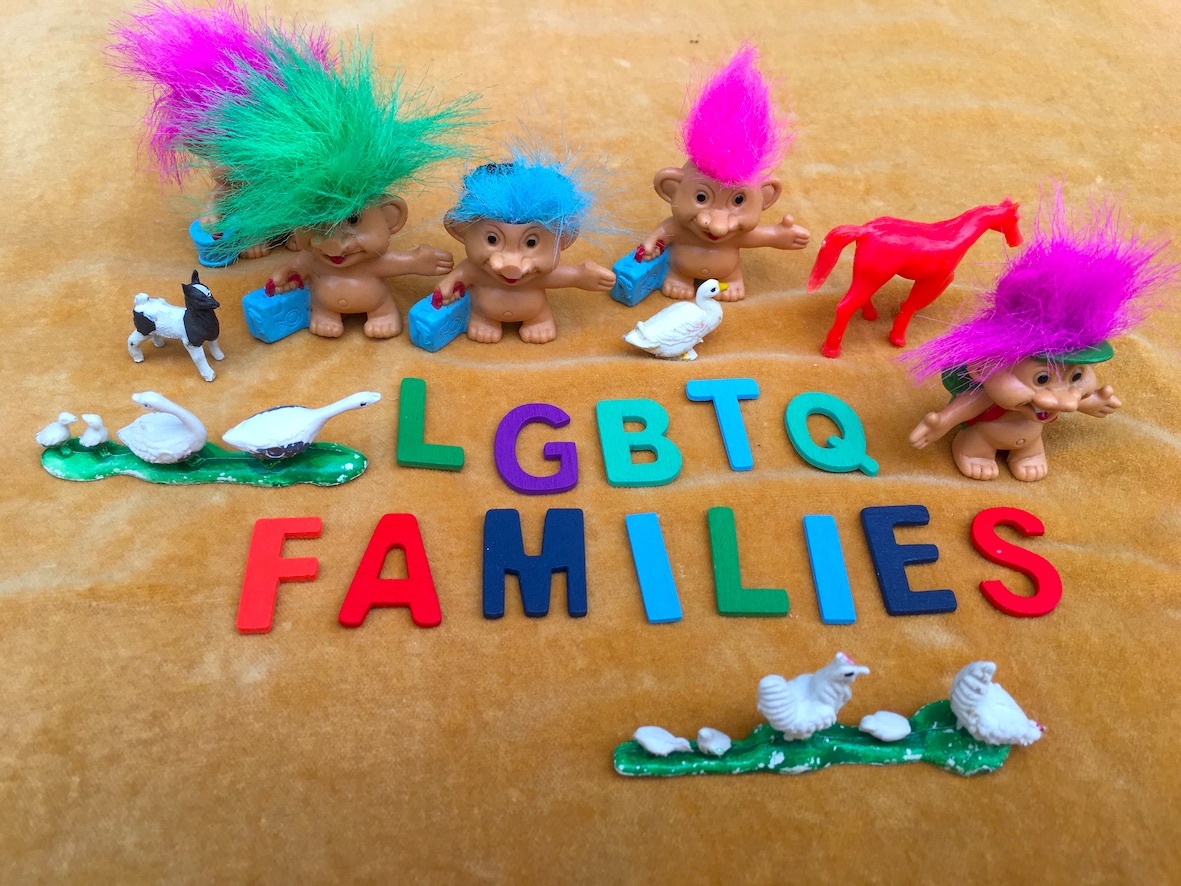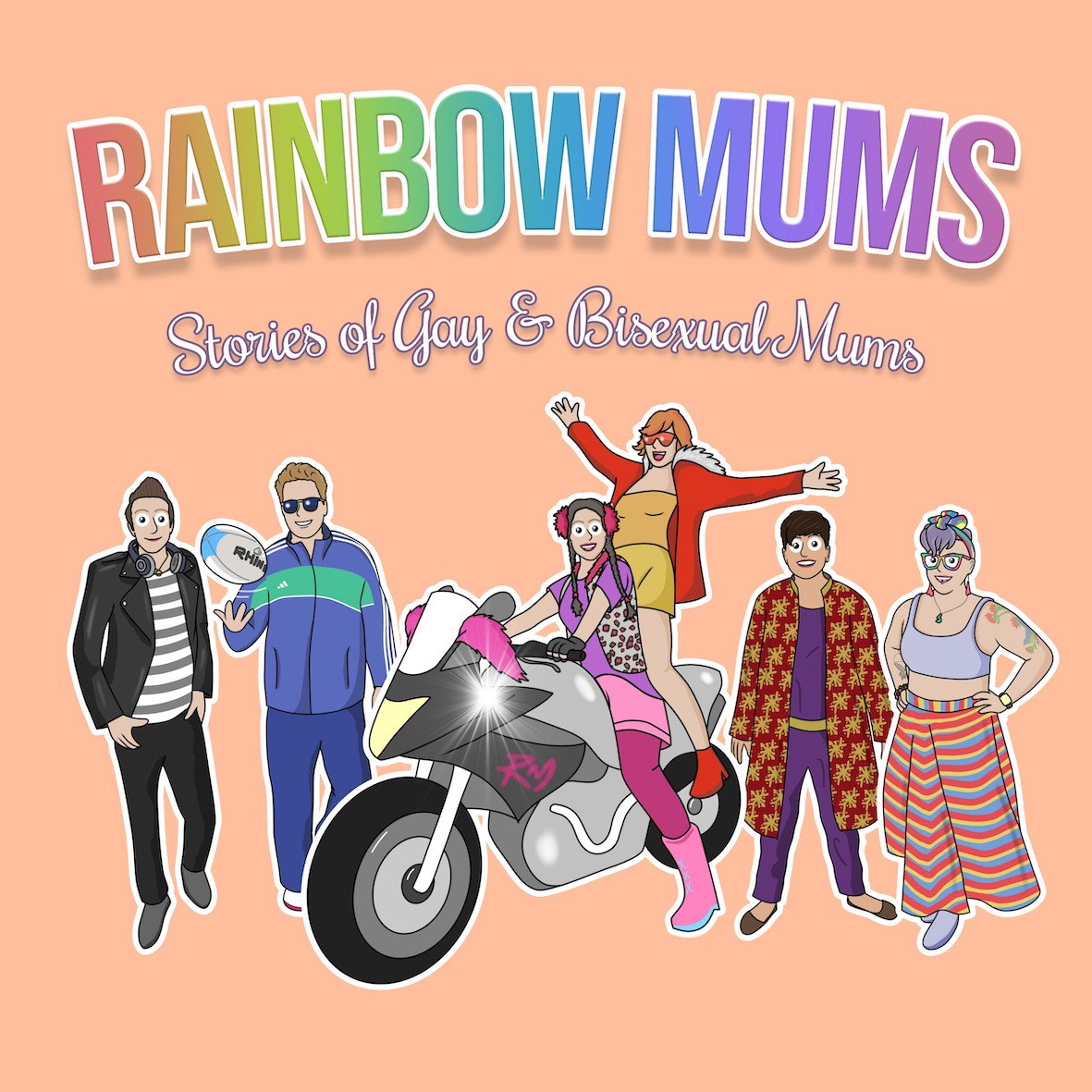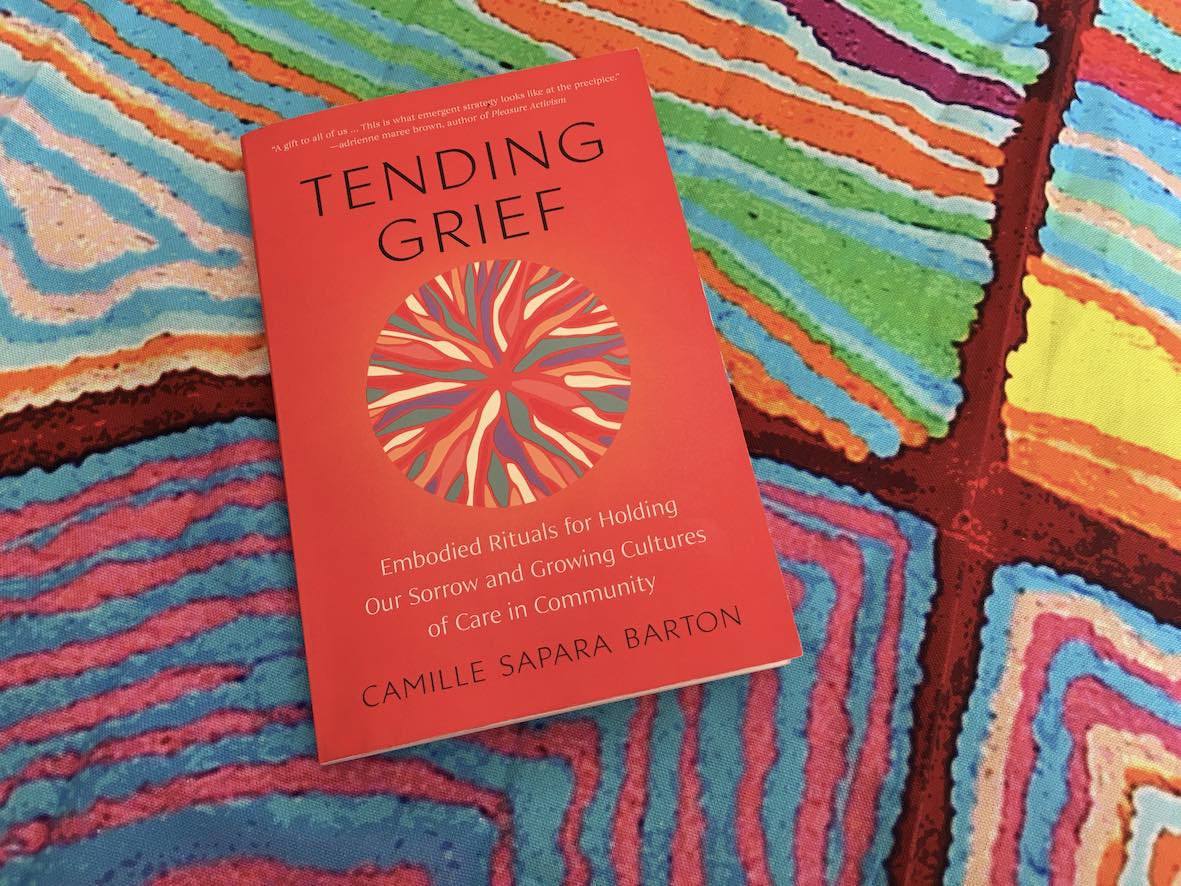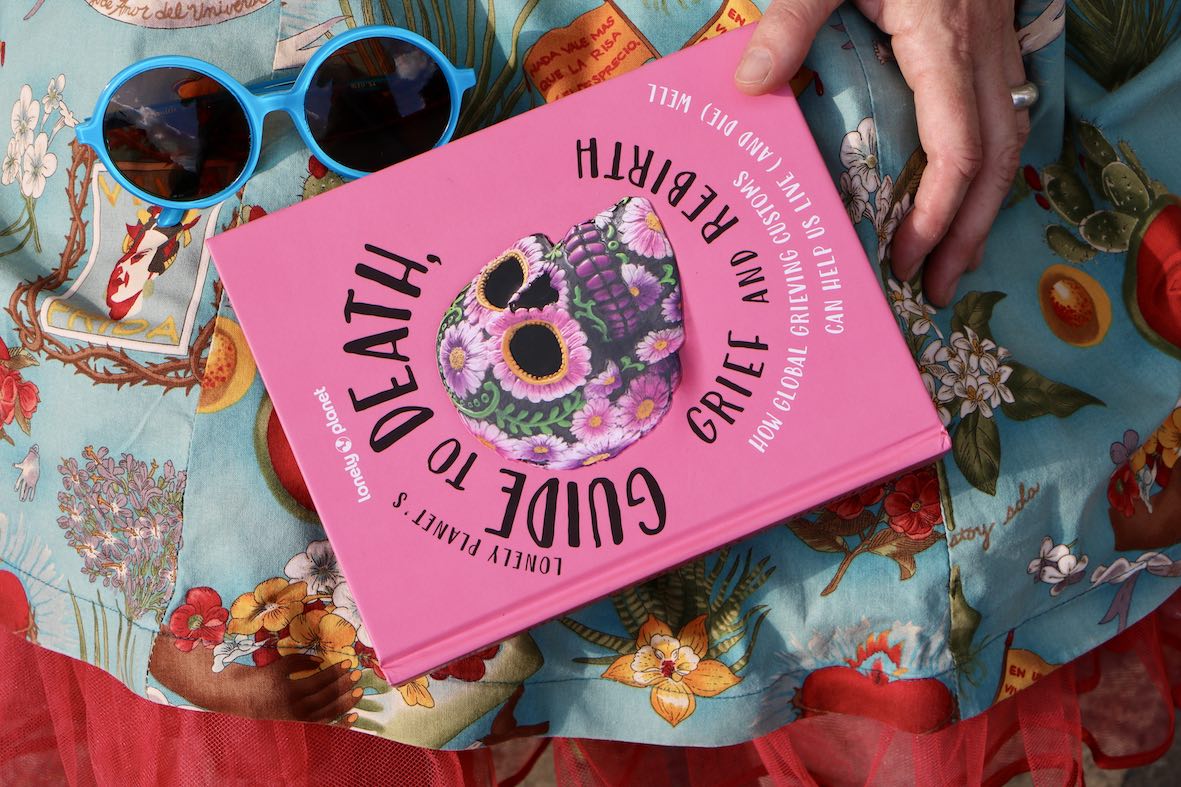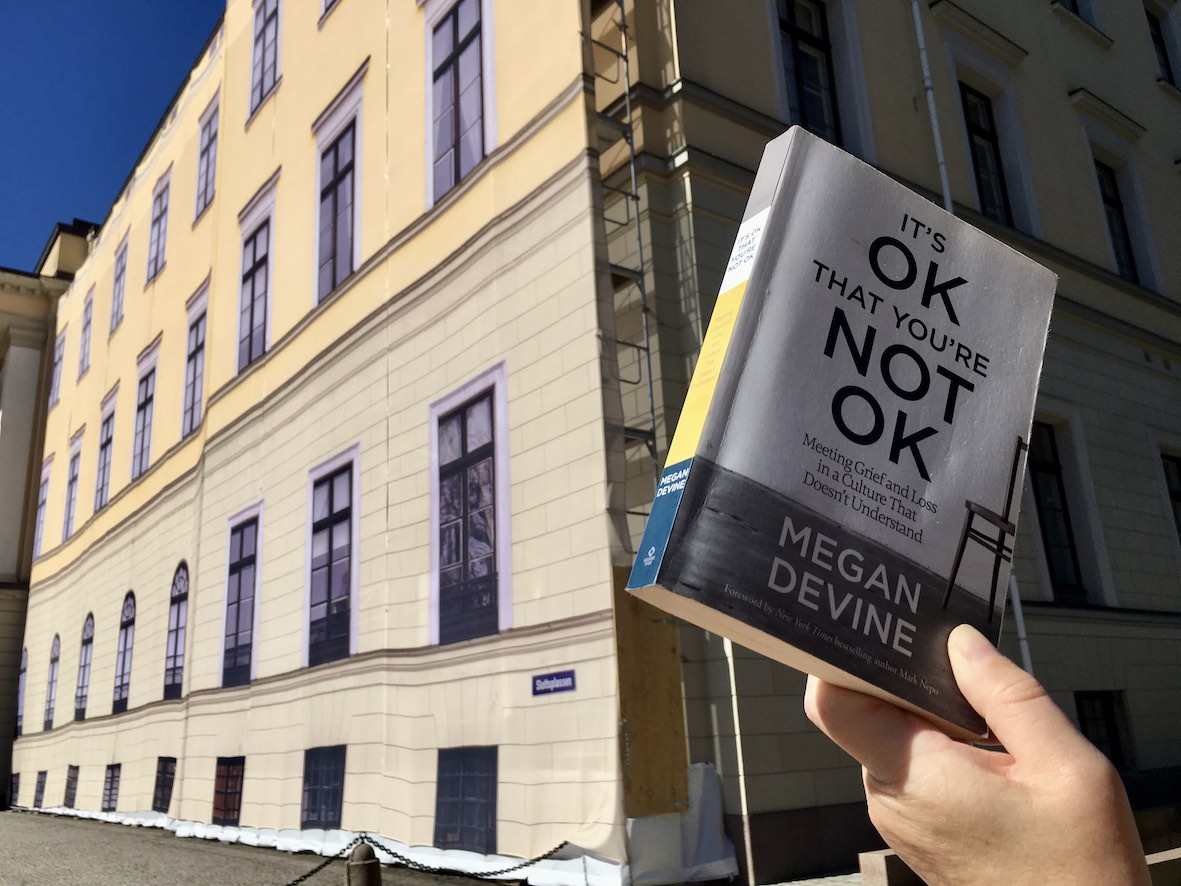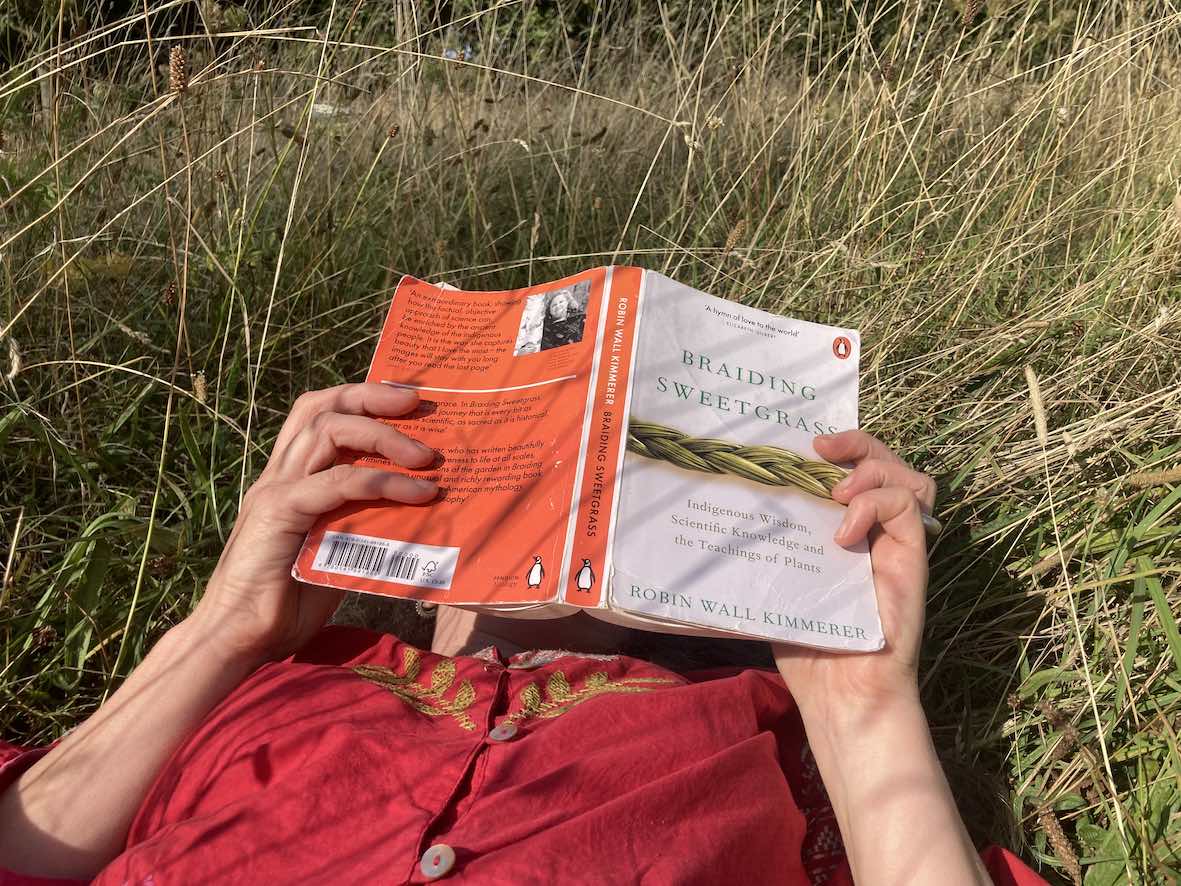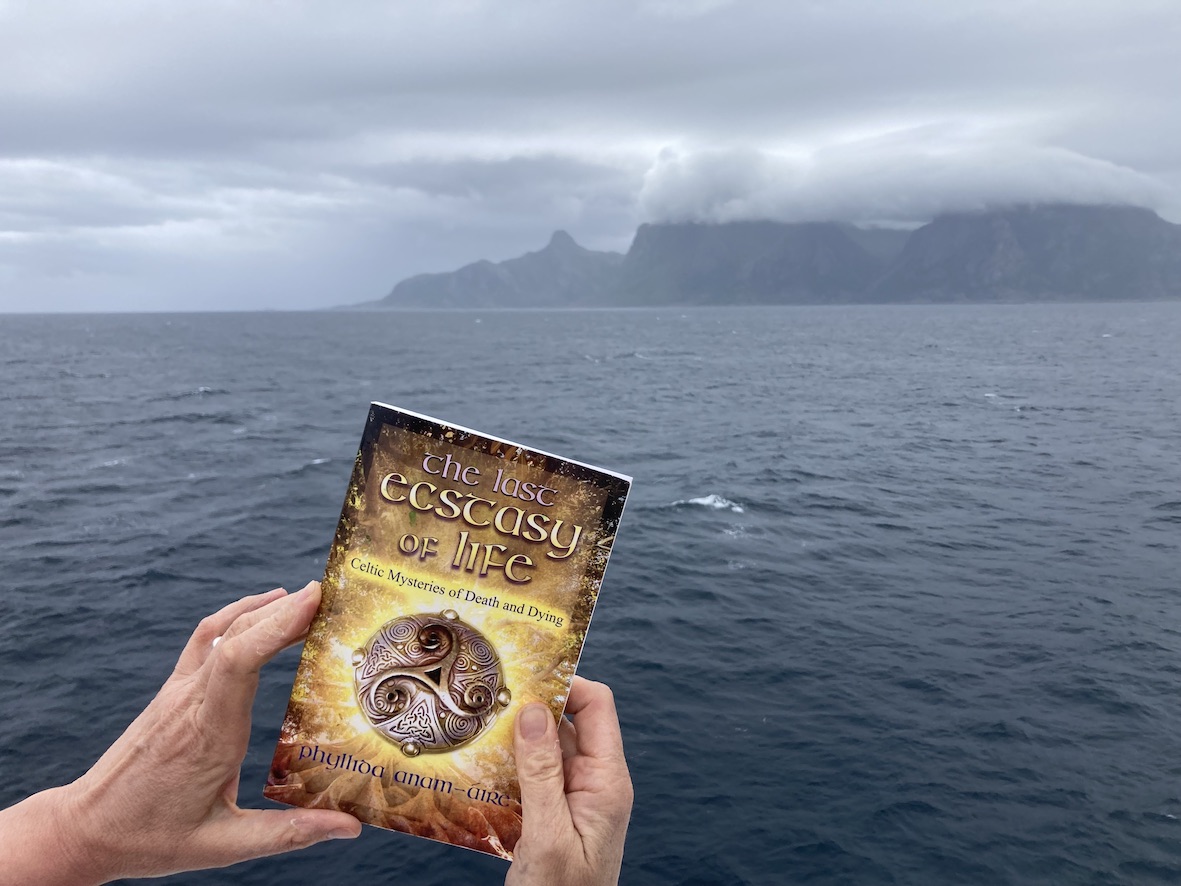30 Oct LGBTQ Families – Rainbow Mums’ Stories
Introducing Rainbow Mums
‘Rainbow Mums’ is a podcast series about LGBTQ+ families, through interviews with gay and bisexual parents. The stories of LGBTQ+ families cover the rich lived experiences of five Mums plus one episode, ‘Sarah and Nicholas in Conversation’ where I reflect on queer parenting with Nicholas McInerny, the host of ‘Rainbow Dads’.
Queer Parenting
For me, ‘to queer’ is a creative process where the edge-dwellers are essential, bringing vibrant, playful, unorthodox ways of doing things, looking at things from different perspectives with diverse voices. So, the ‘queering’ of parenting brings many different possibilities. There are many ways of becoming and living as an LGBTQ+ family. Queer Circle offers resources and events in London to explore creative health, including Queer Grief Tending.
Growing Up Gay
Some people come into life gay from the ground up. They may be perceived by themselves and others as different. They may be aware of same sex attraction. Puberty may bring sexuality to the front of their awareness. It may also register in the minds of family and friends and be met with judgement and stigmatisation.
In ‘Maggie’s Story’, the responses to teenage Maggie of those are around are challenging. Maggie speaks about the coming out scene from ‘All of Us Strangers’. In ‘Anjum’s Story’, there is a kinder response from family. Anjum’s journey includes being a lesbian and Muslim. The Naz and Matt Foundation offer support for gay Muslims. The homophobia and racism Anjum experienced outside the family offer reasons to advocate for justice. Galop, the LGBT+ anti-violence charity offers support for survivors of abuse and violence in the UK. If you need support with any aspect of sexuality and gender identity, Switchboard offers a listening ear.
Coming Out
As someone who came out later in life myself, which I talk about in ‘Sarah and Nicholas in Conversation’, I have the luxury of stepping into a queer identity. I am conscious that I am able to do this precisely because of those who stood up against Clause 28, who challenged systemic oppression and struggled for equity and acceptance, civil partnership, and gay marriage. For a review of what came before, check out MJ Barker’s ‘Queer A Graphic History’. To see how LGBTQ+ people supported the miners’ and the political alliances which this inspired, watch ‘Striking With Pride’.
For many, the ‘coming out’ rites of passage – to ourselves, to another, to family, to the outside world, can be huge turning points. I resonate with the awkward teenagers or middle-aged late teenagers, sometimes ambivalent and trying to come to terms with a new identity. There are many resources including zines for people questioning their identity by MJ Barker. Pink Therapy has a directory for those looking for an LGBTQ+ therapist to explore sexuality.
I look back at my own young hapless self, dressing sometimes butch, sometimes femme, seeking the elusive fantasy of same sex pleasure, but not knowing how to go about it. In ‘Emma’s Story’, her young goth self was bolder than me. Emma now hosts her own podcast series ‘Coming Out Stories’.
Sexual Identities
It took me many years to unpick the paradox of the bisexual experience. Bisexuality is often a landscape between a rock and a hard place of neither all heterosexual nor totally gay; often unwelcomed by those at both ends of the Kinsey Scale. The Bisexuality Report offers research on bisexual inclusion.
Misperceptions are often rife, and instead of fully expressing ourselves, we may find ourselves making tough choices to exclude parts of our core make-up. In ‘Sandy’s Story’, we follow her journey to make sense of the complexity of being pansexual and open to all kinds of attraction, while navigating the responsibilities of parenthood.
Once we have a sense of who we are in the world, comes the challenge of finding the other(s) we want to explore sex and relationships with. Our Rainbow Mums are diverse in age, and my sense is that Amy – the youngest, has grown up in a generation which is more open to sex and relationship diversity, than the Rainbow Mum’s who were finding their way in the 80’s and 90’s.
However, as Amy finds out, it is still a challenge when faced with the complex choices that love throws in your path. In ‘Amy’s Story’, the route to polyamory is a twisting tale that takes us across the globe in pursuit of a relationship dynamic that works. Polyamory comes in many forms, is definitely not for everyone, but can offer a way forward for those who wish to experiment with ethical non-monogamy. Amy talks about the classic primer, ‘The Ethical Slut’ by Dossie Easton and Janet W Hardy. I also recommend ‘Poly Secure’ by Jessica Fern.
Becoming LGBTQ+ Parents
Finding their way through the emotional mine-fields of desire, pleasure and relationships, we follow the Rainbow Mums in and out of partnerships – some of which don’t work out, and others which blossom into lesbian marriages. Either way, parenting continues to be a significant central axis for all of them.
Some gay and bisexual parents begin in heteronormative relationships, where children are conceived and cared for. Most of the Rainbow Dads were parents, and subsequently came out. Sometimes we suspected we were LGBTQ+, and sometimes that has been out of awareness even from ourselves. As we age, our priorities or sexual gearing can change too. For me, the need to be more myself increased with age, after I had spent significant time in a parenting role. It’s not uncommon for the changes of peri-menopause and menopause to also amplify hormonal shifts. Tania Glyde writes about navigating change in queer menopause.
Some bisexual parents may choose to parent together in an opposite sex relationship, as well as pursuing same sex relationships before, concurrently or after. In both ‘Sandy’s Story’, and ‘Amy’s Story’ they parent in relationships with a biological father, alongside other relationships.
For many same sex couples there are choices to be made. For AFAB’s and lesbians there may be a choice of who becomes a biological parent. There may be decisions about routes – such as donor insemination, surrogacy or adoption. These questions may involve choosing a biological father too – a known or unknown donor. There are ethical and personal reasons which a prospective gay couple will have to negotiate. In ‘Emma’s Story’, we hear some of the considerations for her family.
Then there are roles and names. Who gets to be called ‘Mum’? Are there one or two or more? Not all our Rainbow Mums, including me, are biological parents, but I hear how involved each of them are with the practical and emotional responsibilities of care-giving.
Children in LGBTQ+ Families
In every episode we hear about the unexpected joys of parenthood. It is a vital, often wonderful as well as a tough job, and is generally under-valued by society. In many ways it’s the same whoever you are. Whatever the route to becoming parents, we are delivered with a child that requires attunement, presence, practical support and encouragement. Emma mentions ‘Proud Parents’ who offer support to LGBTQ+ families.
All of the Rainbow Mums I speak to are passionate about and full of love for their children. We may have made choices about how to become parents, but the children that arrive are all unique and come with their own needs and strengths. In ‘Emma’s Story’, we hear about the unexpected life that has unfolded from having a child with Downs Syndrome. Children come with different abilities. For me, the neuro-spicy quality of my family has helped us to adapt to being different from the heteronormative frame, to allow space for each of us to change, grow and flourish.
The values which underpin my relationships and LGBTQ+ family are love, honesty, and a willingness to communicate. I hope that working with these intentions help us to navigate the tricky stuff – the ups and downs when we really need to see the best in eachother and find kind yet honest words.
LGBTQ+ Families
I grew up in a family where things weren’t spoken about without my curious questioning. There were several skeletons in the closet. My father was gay but didn’t begin to come out until he was 60. My own experience was, that on some level I knew, and the lack of direct conversation around the subject was confusing. The multiple masks that family members wore probably contributed to my inner confusion. I had a sense of dissonance, but struggled to work out what was going on beneath the surface.
As a consequence, I prefer to be open, to communicate clearly and in an age appropriate way with young people when necessary. I aim to parent in a way that allows both parent and child to express who they are. And of course, I have made many mistakes, and continue to learn from the younger ones. F F Flag support parents with LGBTQ+ children.
Families come in all shapes and sizes. Modern families often include a complex blend of step and half siblings. LGBTQ+ families often create a network of chosen family to provide supportive community around their immediate loved ones. This can be a brilliant resource, with an inter-generational flavour, as ‘Maggie’s Story’ describes, and I value so much in my inter-generational LGBTQ+ family. Family Equality work to advance equality for LGBTQ+ families in the USA.
Solidarity with LGBTQ+ People Around the World
I want to celebrate those who, often in spite of adversity, are able to be themselves and choose the relationships they want. All of these Rainbow Mums risk what comes with visibility, and have chosen to tell their stories, partly because there are many in the world who do not have those choices. Marginalisation and social injustices still happen. There are parts of the world, or cultures where LGBTQ+ families are not welcome, and being gay, lesbian or bisexual may be illegal.
I have the gift of being safe enough, but many are not able to express themselves freely. We offer Rainbow Mums and Dads in solidarity with those who are not able to be out and proud. Some of the organisations that support the human rights of lesbian, gay, bisexual, trans, queer + people around the world include the Kaleidoscope Trust the Peter Tatchell Foundation and Micro Rainbow.
Listen to ‘Rainbow Mums’ here.
Sarah Pletts is a Grief Tender and Artist who offers workshops in London and online, sharing rituals where grief on all themes is welcome. For more information about Grief Tending see www.griefsupport.org.uk .



